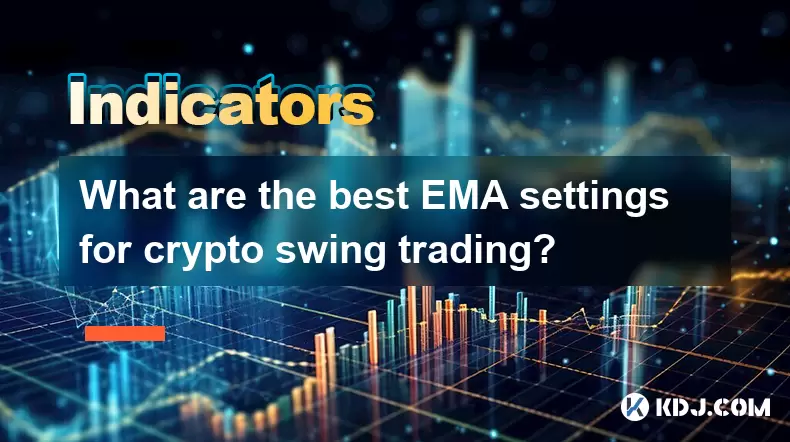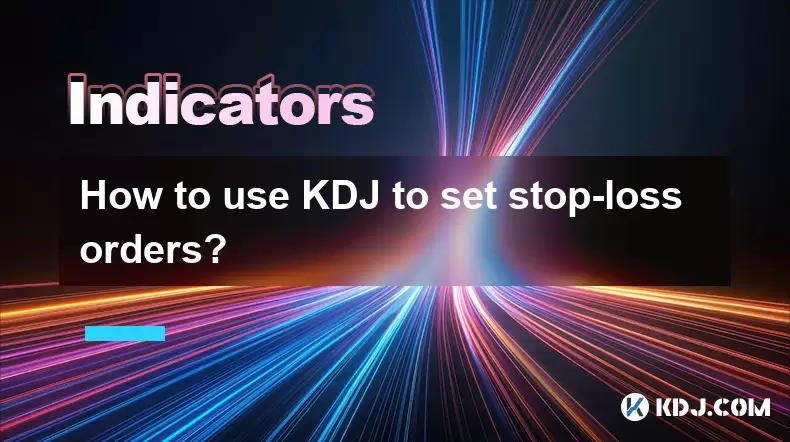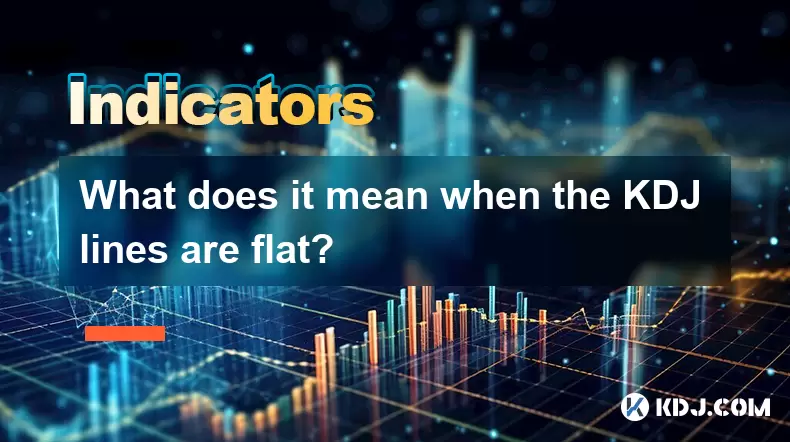-
 Bitcoin
Bitcoin $114700
-3.36% -
 Ethereum
Ethereum $3619
-6.51% -
 XRP
XRP $2.926
-7.66% -
 Tether USDt
Tether USDt $0.9998
-0.02% -
 BNB
BNB $768.6
-4.90% -
 Solana
Solana $168.2
-7.52% -
 USDC
USDC $0.9999
0.00% -
 Dogecoin
Dogecoin $0.2045
-9.02% -
 TRON
TRON $0.3243
-0.27% -
 Cardano
Cardano $0.7208
-8.45% -
 Hyperliquid
Hyperliquid $39.74
-9.17% -
 Stellar
Stellar $0.3882
-8.79% -
 Sui
Sui $3.481
-11.93% -
 Chainlink
Chainlink $16.52
-9.04% -
 Bitcoin Cash
Bitcoin Cash $556.7
-4.79% -
 Hedera
Hedera $0.2444
-11.40% -
 Avalanche
Avalanche $21.96
-8.51% -
 Ethena USDe
Ethena USDe $1.001
-0.02% -
 UNUS SED LEO
UNUS SED LEO $8.950
0.15% -
 Toncoin
Toncoin $3.425
-2.33% -
 Litecoin
Litecoin $104.4
-5.94% -
 Shiba Inu
Shiba Inu $0.00001212
-7.49% -
 Polkadot
Polkadot $3.630
-6.98% -
 Uniswap
Uniswap $9.165
-10.12% -
 Monero
Monero $306.8
-3.10% -
 Dai
Dai $0.9999
-0.01% -
 Bitget Token
Bitget Token $4.360
-3.43% -
 Pepe
Pepe $0.00001049
-9.59% -
 Cronos
Cronos $0.1352
-8.67% -
 Aave
Aave $256.5
-8.03%
What are the best EMA settings for crypto swing trading?
The EMA helps crypto swing traders identify trends and entry points by giving more weight to recent prices, with popular setups like 9/21 and 50/200 used for crossovers on 4-hour or daily charts.
Jul 30, 2025 at 06:07 pm

Understanding EMA in Crypto Swing Trading
The Exponential Moving Average (EMA) is a widely used technical indicator in cryptocurrency trading due to its responsiveness to recent price changes. Unlike the Simple Moving Average (SMA), which assigns equal weight to all data points, the EMA gives more importance to the most recent prices, making it ideal for swing traders who rely on timely signals. In the volatile crypto market, where price swings can occur rapidly, using the right EMA settings helps traders identify trend direction, potential entry and exit points, and momentum shifts.
Swing trading in crypto typically involves holding positions for several days to weeks, aiming to capture gains from short- to medium-term price movements. The EMA acts as a dynamic support or resistance level, and crossovers between different EMAs are often used as trade triggers. The key lies in selecting EMA periods that balance sensitivity and reliability—too short, and you risk false signals; too long, and you may miss timely entries.
Popular EMA Combinations for Crypto Swing Trading
Several EMA combinations are commonly used by swing traders in the crypto space. Each setup serves a different purpose based on the trader’s risk tolerance and time frame.
9 EMA and 21 EMA: This combination is favored for its responsiveness. The 9 EMA reacts quickly to price changes, while the 21 EMA offers a slightly smoothed trend view. When the 9 crosses above the 21, it may signal a bullish swing; a cross below suggests bearish momentum. This pair works well on the 4-hour and daily charts for assets like Bitcoin and Ethereum.
20 EMA and 50 EMA: A slightly longer-term setup, this pair helps filter out market noise. The 20 EMA acts as a short-term trend filter, and the 50 EMA serves as a mid-term benchmark. A bullish crossover above the 50 EMA with volume confirmation can indicate a strong swing opportunity. This is particularly effective during consolidation breakouts.
50 EMA and 200 EMA (Golden and Death Cross): While often associated with long-term investing, this pair also has swing trading applications. A Golden Cross (50 crossing above 200) may signal the start of a bullish swing phase, while a Death Cross suggests a bearish reversal. Swing traders use this as a backdrop to align their trades with the broader trend.
Each combination should be tested against historical data using backtesting tools available on platforms like TradingView or MetaTrader.
How to Set Up EMA on Trading Platforms
Configuring EMA indicators correctly is crucial for accurate analysis. Here’s how to set up EMA on TradingView, one of the most popular platforms for crypto traders:
- Open a chart for your desired cryptocurrency (e.g., BTC/USDT).
- Click on the “Indicators” button located at the top of the chart.
- Search for “Exponential Moving Average” in the indicator search bar.
- Add the indicator to the chart.
- In the settings, adjust the “Length” to your preferred value (e.g., 9, 21, 50).
- Customize the color and line thickness for clarity (e.g., green for 9 EMA, red for 21 EMA).
- Repeat the process to add a second EMA.
- Use the “Save Template” feature to preserve your EMA configuration for future use.
Ensure the chart time frame is set to 4-hour or daily for swing trading. Avoid cluttering the chart with too many indicators—stick to 2–3 EMAs and complement them with volume or RSI for confirmation.
Using EMA Crossovers for Entry and Exit Signals
EMA crossovers are among the most reliable signals for swing traders. A bullish crossover occurs when a shorter-period EMA moves above a longer-period EMA, suggesting upward momentum. Conversely, a bearish crossover happens when the shorter EMA drops below the longer one.
To act on these signals:
- Wait for the crossover to occur on the 4-hour or daily chart to avoid false signals from lower time frames.
- Confirm the crossover with increasing trading volume, which validates the strength of the move.
- Look for price to be trading above the 21 EMA in an uptrend or below it in a downtrend as additional confirmation.
- Enter a long position after a bullish crossover if the price pulls back to retest the 21 EMA as support.
- Place a stop-loss just below the recent swing low (for longs) or above the swing high (for shorts).
- Consider exiting when the shorter EMA crosses back below the longer one or when price moves significantly away from the EMA cluster.
For example, if Bitcoin shows a 9/21 EMA bullish crossover on the daily chart, and the price holds above the 21 EMA after a minor pullback, this could be a high-probability swing long entry.
Adjusting EMA Settings Based on Market Conditions
Crypto markets shift between trending and ranging phases, and static EMA settings may underperform in certain environments. During strong trends, shorter EMAs like the 9 and 21 perform well. In choppy or sideways markets, they generate whipsaws. Traders can adapt by:
- Switching to longer EMAs like 50 and 100 during consolidation to reduce noise.
- Using EMA ribbons—multiple EMAs (e.g., 10, 20, 30, 40, 50)—to visualize trend strength. When the ribbons fan upward, the uptrend is strong; a flattening or downward fan indicates weakening momentum.
- Combining EMAs with Bollinger Bands or ATR to assess volatility and adjust position size accordingly.
For instance, during a low-volatility phase in Solana (SOL), a trader might switch from 9/21 to 20/50 EMA to avoid premature exits. Once volatility expands, reverting to faster EMAs captures early trend moves.
Backtesting EMA Strategies for Optimal Results
Before deploying any EMA strategy live, backtesting is essential. This involves applying the EMA setup to historical price data to evaluate performance.
- Select a crypto pair and time frame (e.g., ETH/USDT on 4H).
- Apply your chosen EMA combination (e.g., 20 and 50).
- Manually review past crossovers and note the outcome of each trade (win/loss, duration, profit).
- Use TradingView’s bar replay mode to simulate real-time decision-making.
- Record metrics like win rate, average gain, and maximum drawdown.
Adjust EMA lengths based on results. If too many false signals occur, increase the periods. If entries are too late, consider shorter EMAs or adding a confirmation indicator like MACD or Stochastic RSI.
Frequently Asked Questions
What time frame is best for EMA-based swing trading in crypto?
The 4-hour and daily charts are optimal. They provide enough data points for reliable EMA signals while filtering out the noise of lower time frames like 5-minute or 15-minute candles.
Can I use EMA alone for swing trading decisions?
While EMA provides valuable trend insight, relying solely on it increases risk. It’s advisable to combine it with volume analysis, support/resistance levels, or momentum oscillators like RSI to confirm signals.
Why does my EMA give false signals in sideways markets?
In ranging markets, price oscillates around the EMA, causing frequent crossovers that aren’t followed by sustained trends. This is known as whipsaw. Using longer EMAs or adding a filter like ADX can help identify when the market lacks a clear trend.
How do I know which EMA combination fits my trading style?
Test multiple combinations on historical data using TradingView’s backtesting tools. If you prefer faster entries, try 9/21. If you prioritize fewer, higher-quality signals, test 50/200. Personal preference and risk tolerance determine the best fit.
Disclaimer:info@kdj.com
The information provided is not trading advice. kdj.com does not assume any responsibility for any investments made based on the information provided in this article. Cryptocurrencies are highly volatile and it is highly recommended that you invest with caution after thorough research!
If you believe that the content used on this website infringes your copyright, please contact us immediately (info@kdj.com) and we will delete it promptly.
- Australia vs Lions: Unleashing Betting Offers and Free Bets for the Thrilling Finale
- 2025-08-01 16:30:11
- Bitcoin, Satoshi, and the Echoes of Ancient Wisdom in DeFi
- 2025-08-01 16:50:12
- ONDO Tokens: Could They Mint the Next Crypto Millionaires?
- 2025-08-01 16:30:11
- Satoshi, Meme Coins, and Substance: A New Era?
- 2025-08-01 16:50:12
- Decoding the Roar: Australia, the Lions, and the Betting Odds
- 2025-08-01 16:55:48
- Bitcoin Price Plummets Amid Trump Tariffs: A Market Sell-Off Deep Dive
- 2025-08-01 16:55:48
Related knowledge

How do I secure my private key?
Aug 01,2025 at 05:14pm
Understanding the Importance of Private Key SecurityYour private key is the most critical component of your cryptocurrency ownership. It is a cryptogr...

How does the KDJ indicator apply to decentralized finance (DeFi) tokens?
Aug 01,2025 at 04:43pm
Understanding the KDJ Indicator in Technical AnalysisThe KDJ indicator is a momentum oscillator derived from the Stochastic Oscillator, widely used in...

What is the difference in KDJ signal interpretation between a trending and a ranging market?
Aug 01,2025 at 03:56pm
Understanding the KDJ Indicator in Cryptocurrency TradingThe KDJ indicator is a momentum oscillator widely used in cryptocurrency trading to identify ...

Does the KDJ indicator work well for low-liquidity crypto assets?
Aug 01,2025 at 02:01pm
Understanding the KDJ Indicator in Cryptocurrency TradingThe KDJ indicator is a momentum oscillator derived from the Stochastic Oscillator, widely use...

How to use KDJ to set stop-loss orders?
Aug 01,2025 at 04:28pm
Understanding the KDJ Indicator in Cryptocurrency TradingThe KDJ indicator is a momentum oscillator widely used in technical analysis within the crypt...

What does it mean when the KDJ lines are flat?
Aug 01,2025 at 03:22pm
Understanding the KDJ Indicator in Cryptocurrency TradingThe KDJ indicator is a momentum oscillator widely used in cryptocurrency technical analysis t...

How do I secure my private key?
Aug 01,2025 at 05:14pm
Understanding the Importance of Private Key SecurityYour private key is the most critical component of your cryptocurrency ownership. It is a cryptogr...

How does the KDJ indicator apply to decentralized finance (DeFi) tokens?
Aug 01,2025 at 04:43pm
Understanding the KDJ Indicator in Technical AnalysisThe KDJ indicator is a momentum oscillator derived from the Stochastic Oscillator, widely used in...

What is the difference in KDJ signal interpretation between a trending and a ranging market?
Aug 01,2025 at 03:56pm
Understanding the KDJ Indicator in Cryptocurrency TradingThe KDJ indicator is a momentum oscillator widely used in cryptocurrency trading to identify ...

Does the KDJ indicator work well for low-liquidity crypto assets?
Aug 01,2025 at 02:01pm
Understanding the KDJ Indicator in Cryptocurrency TradingThe KDJ indicator is a momentum oscillator derived from the Stochastic Oscillator, widely use...

How to use KDJ to set stop-loss orders?
Aug 01,2025 at 04:28pm
Understanding the KDJ Indicator in Cryptocurrency TradingThe KDJ indicator is a momentum oscillator widely used in technical analysis within the crypt...

What does it mean when the KDJ lines are flat?
Aug 01,2025 at 03:22pm
Understanding the KDJ Indicator in Cryptocurrency TradingThe KDJ indicator is a momentum oscillator widely used in cryptocurrency technical analysis t...
See all articles

























































































